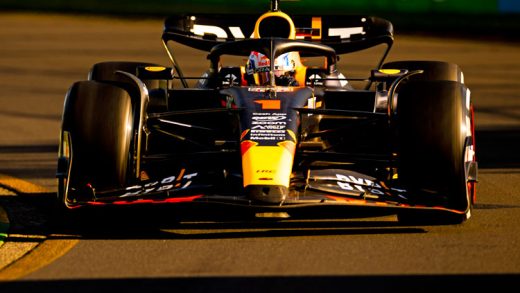
In a recent turn of events, Cole Koepke, a promising young player for the Tampa Bay Lightning, has made the decision to wear a neck guard during his games. This decision comes in the wake of a tragic incident involving fellow hockey player Adam Johnson, which has sent shockwaves throughout the hockey community.
Adam Johnson, a forward for the Minnesota Wild’s AHL affiliate, the Iowa Wild, suffered a severe injury during a game when he was struck in the neck by a high-speed shot. The impact caused a laceration to his carotid artery, resulting in significant blood loss and a life-threatening situation. Thankfully, Johnson received immediate medical attention and is now recovering, but this incident has served as a wake-up call for many players.
Cole Koepke, who was deeply affected by the incident, recognized the importance of taking proactive measures to protect himself on the ice. Despite being fortunate enough to have never experienced a similar injury personally, Koepke understands that accidents can happen at any time and that it is crucial to prioritize safety.
The decision to wear a neck guard is not an easy one for many players. Some argue that it restricts their movement or affects their comfort on the ice. However, incidents like Johnson’s serve as a stark reminder of the potential consequences of not taking proper precautions. By choosing to wear a neck guard, Koepke is setting an example for his teammates and other players across the league.
Neck guards are designed to provide additional protection to players’ necks and throats, areas that are particularly vulnerable to injury in the fast-paced and physical game of hockey. They are typically made from lightweight materials that do not hinder movement while still offering vital protection. Many professional leagues, including the NHL, strongly recommend the use of neck guards, but they are not currently mandatory.
Koepke’s decision to wear a neck guard is commendable, as it demonstrates his commitment to his own safety and well-being. It also highlights the importance of raising awareness about the potential risks involved in playing hockey and the need for players to take responsibility for their own protection.
The Lightning organization has been supportive of Koepke’s decision, recognizing the significance of player safety. They have emphasized the importance of education and awareness regarding protective equipment, encouraging all players to make informed choices that prioritize their well-being.
In the aftermath of the incident involving Adam Johnson, the hockey community as a whole has been engaged in discussions about player safety and the potential need for stricter regulations regarding protective equipment. While it is ultimately up to individual players to make decisions about their own safety, incidents like these serve as a reminder that taking precautions can make a significant difference.
Cole Koepke’s decision to wear a neck guard after witnessing the tragic incident involving Adam Johnson is a powerful statement about the importance of player safety in hockey. As the conversation surrounding protective equipment continues, it is hoped that more players will follow Koepke’s lead and take proactive steps to protect themselves on the ice. After all, ensuring the well-being of players should always be a top priority in any sport.

